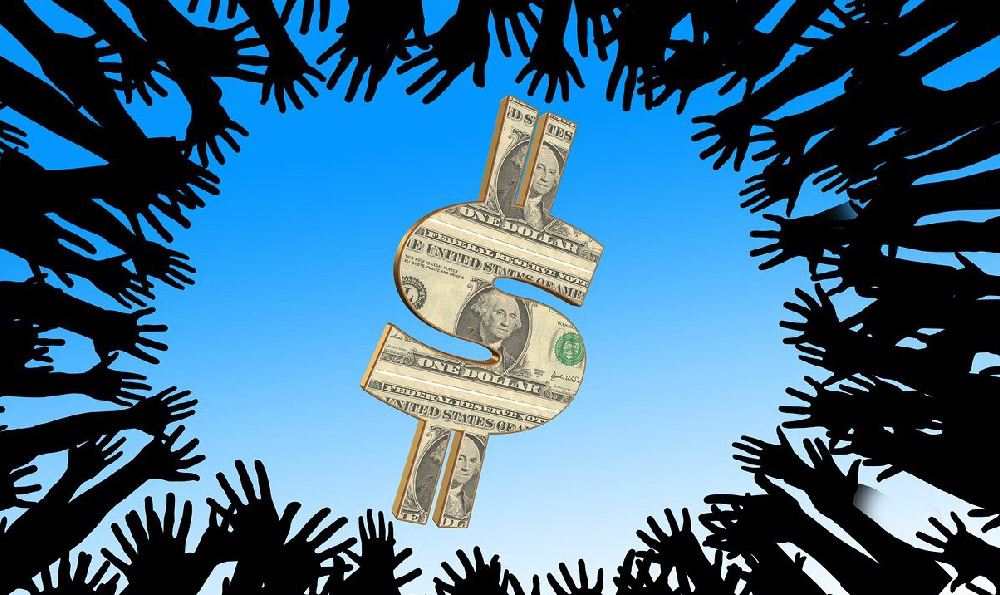YouTube Shorts, the platform's answer to TikTok, has rapidly become a significant player in the short-form video landscape. For creators, the burning question remains: How much can one actually earn from creating these bite-sized videos, and what does the revenue model look like? Understanding the earning potential and the mechanics behind it is crucial for anyone looking to invest their time and effort into creating Shorts.
Initially, YouTube launched its Shorts platform with a focus on creator adoption and growth. To incentivize content creation, YouTube introduced the YouTube Shorts Fund. This fund allocated $100 million to be distributed amongst creators whose Shorts received the most engagement. While the specifics of eligibility and payout varied, it served as a crucial incentive during the platform's early stages. The fund acted as a temporary bridge, sparking initial interest and providing a financial boost to creators. However, it was always intended to be a stepping stone towards a more sustainable, long-term monetization model.
That long-term monetization model arrived with the introduction of advertising revenue sharing on YouTube Shorts. This marks a significant shift, moving away from the fixed-fund approach to a performance-based system that directly ties earnings to the success of the content. This new model, implemented in early 2023, mirrors the revenue-sharing structure of long-form YouTube videos but with some key differences tailored to the unique format of Shorts.

Here's how the advertising revenue sharing on YouTube Shorts generally works: First, revenue from ads served between Shorts videos in the Shorts Feed is aggregated. A portion of this aggregated revenue goes towards compensating music licensors. This is critical because many Shorts utilize copyrighted music, and YouTube needs to ensure proper compensation for music rights holders. The remaining revenue is then allocated to creators based on their share of total Shorts views. If a creator's Shorts account for, say, 5% of all Shorts views on the platform, they would receive 5% of the creator revenue pool.
The specifics of the revenue split can be complex and are subject to change, but the underlying principle is that a creator's earnings are directly proportional to the views their Shorts generate. This provides a clear incentive for creators to produce engaging and shareable content that will attract a large audience. It's a much more transparent and scalable model than the earlier fixed-fund approach.
Now, let's address the practicalities of earnings. While specific figures vary widely based on factors like region, audience demographics, and content niche, it's generally accepted that the CPM (cost per mille, or cost per thousand views) on YouTube Shorts is significantly lower than that of long-form YouTube videos. This is due to several factors, including shorter ad formats and differences in user engagement patterns. Viewers are less likely to spend extended time watching ads between Shorts videos compared to longer content.
This lower CPM translates to lower overall earnings per view. While a successful long-form video might earn a creator several dollars per thousand views, a Short might only generate a fraction of that amount. However, the lower CPM is partially offset by the potential for significantly higher view counts. Shorts are designed to be easily consumed and shared, leading to potentially viral reach and massive view numbers. A Short with millions of views, even at a lower CPM, can still generate a substantial income.
Beyond direct advertising revenue, there are other avenues for monetizing YouTube Shorts. Creators can leverage their Shorts to promote merchandise, build their brand, and drive traffic to their other social media channels. They can also use Shorts as a teaser for their long-form content, encouraging viewers to subscribe to their channel and watch their longer videos, which typically generate higher CPMs. Sponsorships and brand deals are also potential income streams, although these are typically reserved for creators with a large and engaged following.
For individuals looking to capitalize on the growing popularity of digital assets and integrate them into their content strategy, platforms like KeepBit offer exciting possibilities. While YouTube Shorts currently doesn't directly integrate cryptocurrency transactions, creators can use their Shorts to educate their audience about digital assets, promote their KeepBit referral links, or even showcase their trading strategies.
Imagine creating a series of engaging Shorts explaining the basics of Bitcoin or Ethereum, then directing viewers to your KeepBit referral link in the description. This allows you to earn commissions on trades made by users you refer to the platform. Alternatively, you could showcase your successful trades on KeepBit, highlighting the platform's security, transparency, and global reach. The key is to create valuable and informative content that resonates with your audience and subtly integrates the KeepBit platform.
KeepBit distinguishes itself from other exchanges through its commitment to security, regulatory compliance, and a focus on serving a global audience. Unlike some platforms with uncertain regulatory status, KeepBit is registered in Denver, Colorado, and operates under strict US regulations, offering users a high level of security and peace of mind. This compliance extends to a robust KYC (Know Your Customer) and AML (Anti-Money Laundering) program, ensuring a safe and transparent trading environment.
Furthermore, KeepBit's user-friendly interface and comprehensive trading tools cater to both novice and experienced traders. The platform offers a wide range of trading pairs, including popular cryptocurrencies like Bitcoin, Ethereum, and Litecoin, as well as access to advanced trading features such as margin trading and futures contracts. KeepBit's global reach, serving users in 175 countries, positions it as a leading platform for accessing the rapidly growing digital asset market. This global approach ensures that creators promoting KeepBit through their Shorts content can reach a diverse and international audience. Learn more at https://keepbit.xyz.
In conclusion, while the direct advertising revenue from YouTube Shorts may be lower than that of long-form videos, the platform offers a significant opportunity for creators to build an audience, promote their brand, and diversify their income streams. By creating engaging content, leveraging other monetization methods, and potentially integrating platforms like KeepBit into their strategy, creators can unlock the earning potential of YouTube Shorts and achieve financial success in the short-form video landscape. The key is to adapt to the platform's unique characteristics, experiment with different content formats, and continuously analyze performance to optimize earnings.












